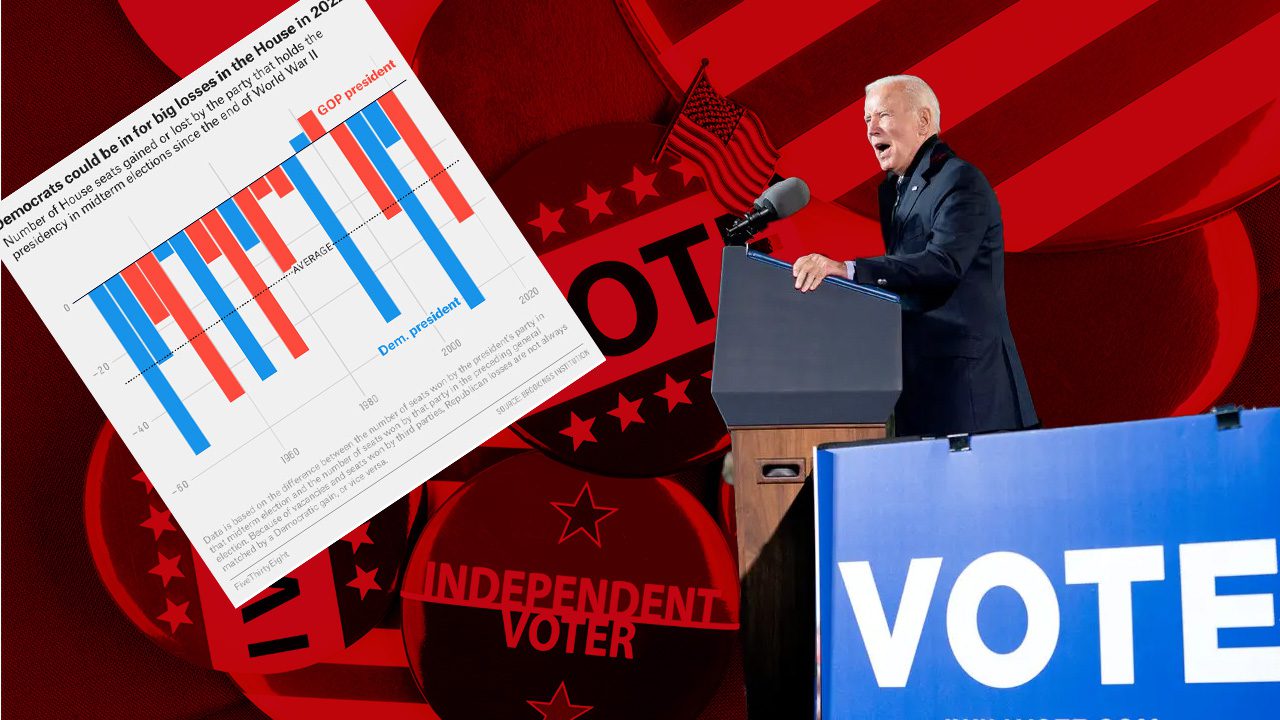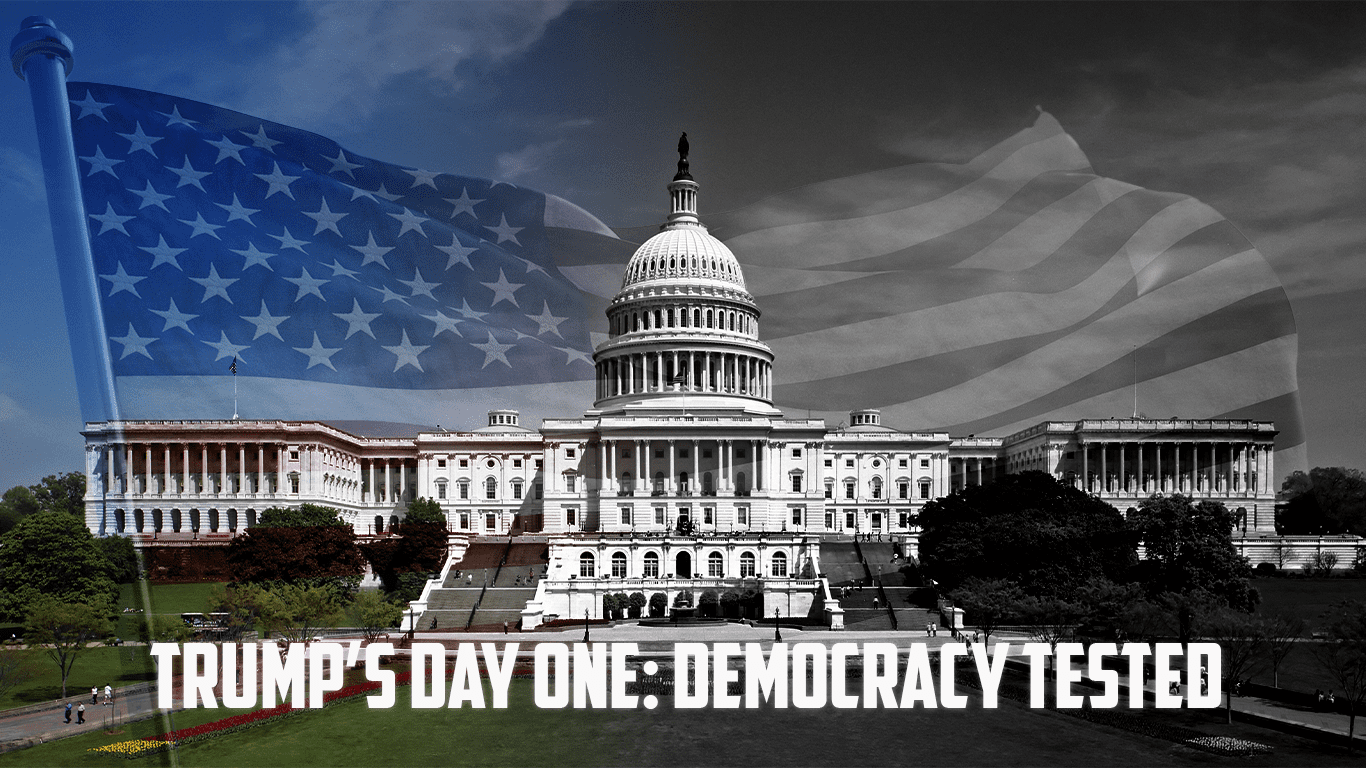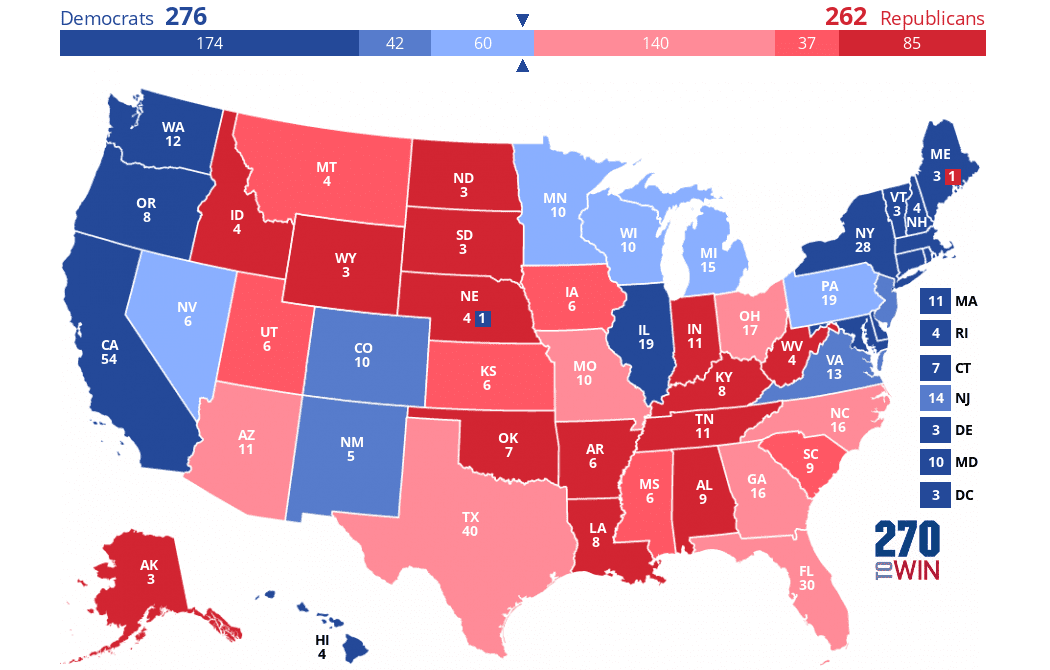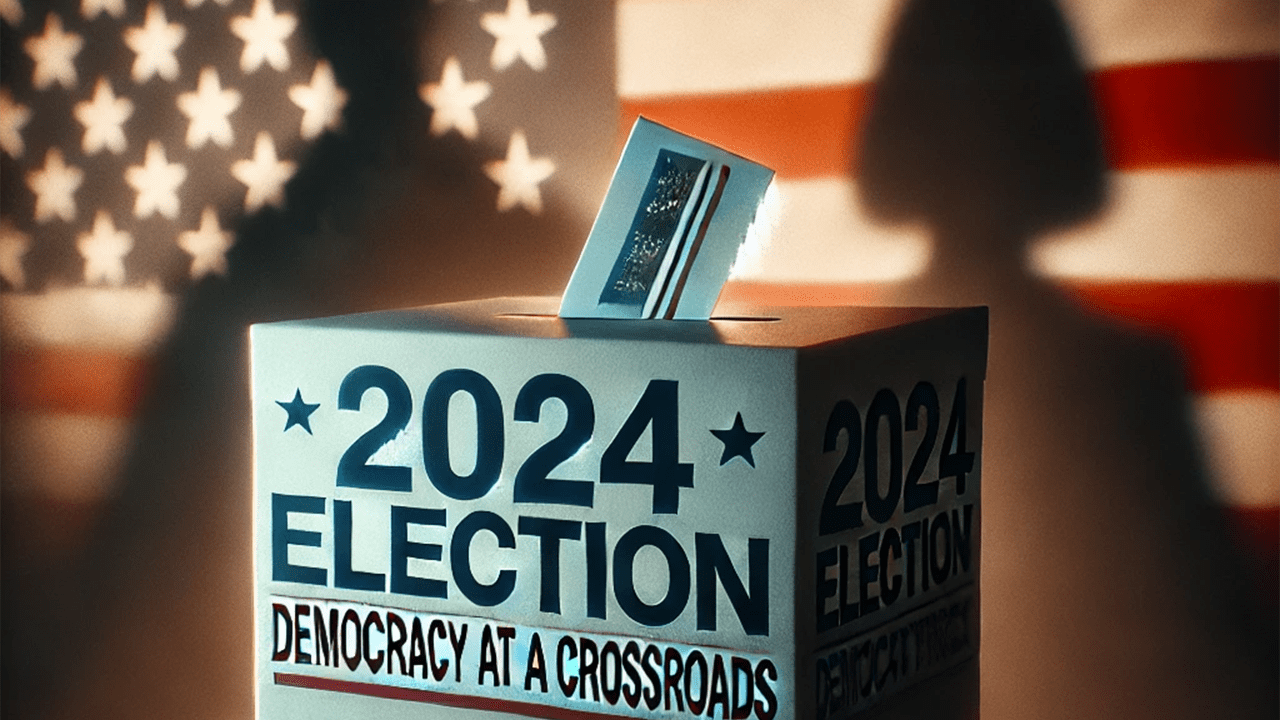The next election is going to be a massive opportunity for the GOP. With control of Congress at stake, many are wondering how many seats they will pick up this fall? Will Biden’s 2022 be like Obama’s in 2010? The trend lines are certainly headed in their direction, and it’s time we start predicting numbers!
The Democratic Party got a needed bump with the overturns of Roe v. Wade. However, the increase in voter registration and enthusiasm to vote was already in solidly blue states. The blue wall there is still very much in place, and it’s not clear that anything has changed to shift the balance of power.
The economy is still likely to be the most critical issue this November, and it will decide who wins control of Congress. That’s not to say that abortion doesn’t matter for people on both sides; recent surveys show otherwise-bitter divides over how Americans view the most important problems facing our country today. The results from these polls point towards something else: the American population is focused on inflation, crime, and immigration. However, the heated political debate we’ve seen across America lately isn’t coming from social or economic stress but instead has been fueled by culture wars over issues like same-sex marriage, critical race theory, “religious liberty,” and abortion.
In the most recent Gallop poll survey, Gallop asked people to cite What do you think is the most important problem facing the country today? Only 4 percent selected abortion compared to 8% after the Dobbs decision. The results were 38% concerned about economic problems and 68% about non-economic problems like immigration, crime and the such.
What do the recent poll numbers tell us about the November elections? To answer this question, we must look back in history and see how current election trends compare with past events. If there are any patterns or similarities between what is happening now and then (2010).
In March 2012, President Barack Obama prioritized passing the Affordable Care Act over dealing with unemployment which resulted in many congressional losses. These 2010 congressional election voters cared deeply about health care but also wanted a strong economy.
President Joe Biden has found himself in a similar situation. During his first year in office, he has struggled to handle the COVID-19 pandemic. From there, he pivoted to get approval on a substantial spending bill, only to be shut down in Congress. President Biden’s focus has not been where the populace is focused, inflation and the economy. Instead, he has focused on progressive initiatives with little chance of becoming law.
Both Obama and Biden ignored the priorities of the American people. For Obama, the cost was a net loss of 12 seats in the Senate and 64 seats in the House. However, it must be said that traditionally the party in power loses seats in the first mid-term. Obama was just a little different than most because they attempted to defend 257 seats in the House and 15 in the Senate. For Biden, he is defending 222 in the House and 14 in the Senate. The question becomes, will Biden’s ignorance of the key issues be echoed in the November election? Comparing the two presidents’ polling numbers can give us some idea about what’s in store for this fall.
President Obama’s ratings fluctuated throughout 2010. By Real Clear Politics’ poll on April 30th, he had a 48 percent approval -46 percent disapproval rating. By November, it had dropped to 44 percent approval and 55 percent disapproval. Today, October 26, 2022, President Biden’s ratings have followed the same trajectory, with his approval rate at 42.6 percent and disapproval at 53.8 percent.
Looking at the generic vote for Congress, comparing 2010 and 2022, does not provide a rosier picture for Democrats. In 2010, Republicans had a 1-point advantage over Democrats, 44 percent Republicans to 43 percent Democrats. As of October 26th, Republicans are at 47.8 percent to the Democrats 45.4 percent. This gives Republicans a +2.4 lead over Democrats in November.
Lastly, over the last month, almost all political debates, from Governors to Senators to Representatives, have been discussing if a candidate is with President Biden or not. At this point, issues seem to be of little concern, just brand loyalty. This is important only when looking at the generic congressional ballot to indicate things to come.
Back to the polls and what is important. It’s established that the politicians are not listening to the issues. However, if they were in office, how would they fair at fixing them? The economy is certainly an important issue and one that will affect most Americans’ lives in some way. It’s no wonder, then, why nearly two-thirds (63 percent) of eligible voters say they are extremely concerned or very worried about it when asked to rate their top concerns on a scale from 1 – 10 where 1 represents “not at all” concern and 10 indicates utmost worry! When asked which party was better suited to fix the issue, Republicans won that group by 11 points, 54 percent Republican to 43 percent Democrat.
In the Marist/NPR/PBS NewsHour survey taken April 19-26 found that Biden’s issue-handling numbers on the economy are far worse than Obama’s. The same poll suggested that when it comes to handling the economy, Republicans outpaced Democrats by 15 points, 43 percent Republican to 28 percent Democrat. On inflation, RCP Average Biden’s disapproval rating is 62.4 percent, a negative 28.5 spread. Republicans hold a 14-point advantage on if they would do a better job of solving inflation.
When politicians think they know better than the people what is important and secondary, it usually doesn’t end well for them. President Obama believed that health care would carry the population, and was wrong. In 2018, Trump thought that it was immigration and was wrong. Biden has gone down the same path as his predecessor and will probably have the same outcome.
The issues that people are most concerned about, the economy and inflation, will be what decides the election in November, not loyalty to a party. The current administration has shown they are out of touch with what is important to Americans, and they will see a very different Congress come January.









